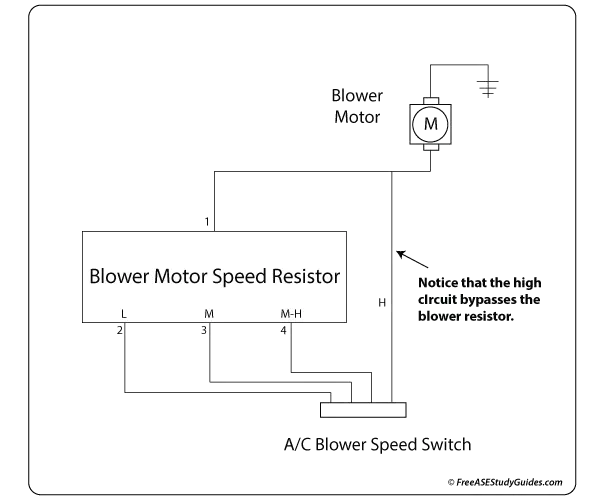ASE A7 Heating Air Conditioning Practice Test
11. A vehicle has an air conditioning system with a variable displacement compressor. It has poor performance at the hottest times of the day. All of the following would result in this condition EXCEPT:
- A. A faulty variable displacement compressor.
- B. A faulty compressor control valve.
- C. A faulty cycling clutch switch.
- D. A low refrigerant charge.
12. A technician is diagnosing a CCOT air conditioning system for poor performance. The compressor's clutch is not cycling and remains engaged whenever the ignition is switched on. Which of the following will result in this condition?
- A. The compressor clutch relay is sticking closed.
- B. A low refrigerant charge.
- C. The compressor clutch relay is sticking open.
- D. An overcharged system.
13. Technician A says refrigerant enters the evaporator from the bottom inlet tube as a low-pressure liquid. Technician B says the evaporator removes humidity from the air. Who is correct?
- A. Technician A
- B. Technician B
- C. Both A and B
- D. Neither A or B
15. A blower motor operates only at high speed. Which of the following is MOST likely causing this condition?
- A. A faulty blower motor.
- B. A low refrigerant charge.
- C. A faulty blower resistor.
- D. A short in the motor's power feed.

